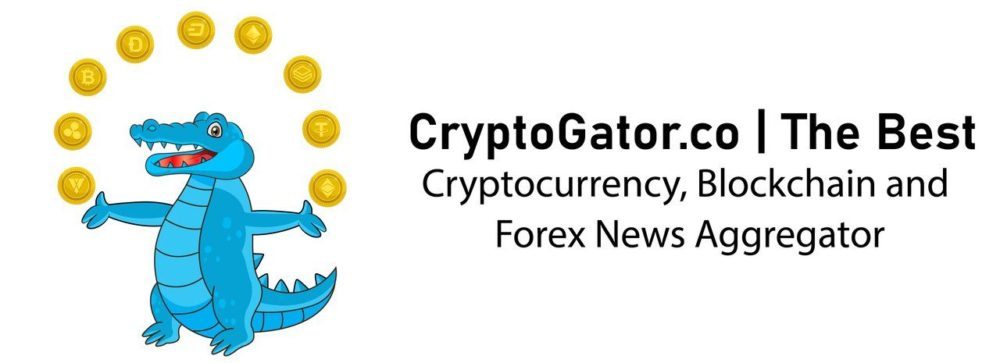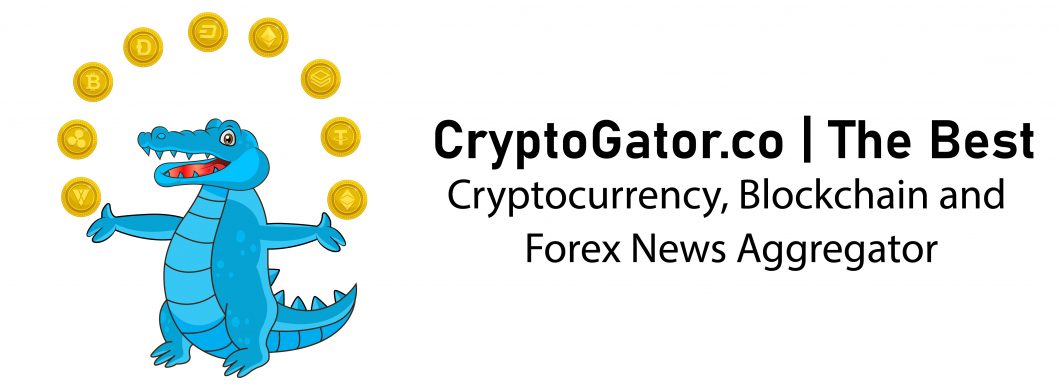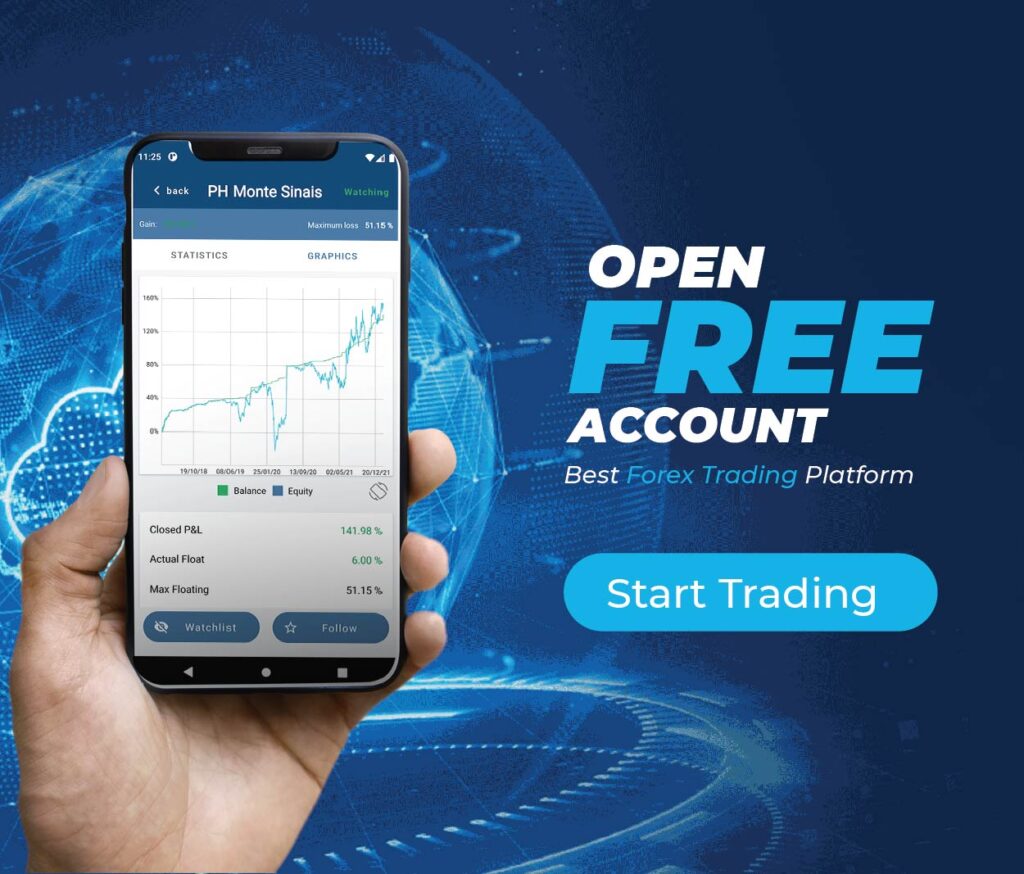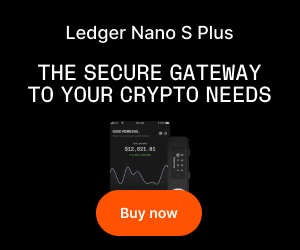Many people have found exciting use cases for NFTs. The most popular one most of us have heard of by now is digital art. Digital artists were the first professionals to be identified with NFTs.
If you are the type who struggled through numerous art classes or can’t, for the worth of the world, draw a cup on a table without it looking like a horse, then you might have thought NFTs have nothing to offer you. Well, you are wrong.
Since their inception, we have seen NFTs being used in many different ways, which means anyone can find their place in this fast-growing industry.
Here is a list of other ways you can be part of the NFT ecosystem without holding a brush or a trackpad.
1. Gaming NFTs
Gaming NFTs are the second most popular kind of NFTs after art NFTs. These NFTs form a big part of the web3 gaming ecosystem but are not so different from traditional games. The main difference is in the control they give you over ownership of gaming items and a chance to earn while you play.
If you are a gamer, this could be your perfect entry into the NFT ecosystem. There is a massive demand for tradable in-game items, and owning one of these unique items could fetch you some money if you wish to sell them. If you are unsure where to start, check out this article on the best free-to-play games.
2. Music NFTs
Music NFTs are one of the fastest growing use cases within the NFT ecosystem. It is a new way to have ownership and bragging rights over a song or an album or collect royalties over their sales. These types of NFTs also solve many problems currently faced by musical artists in terms of revenue generation and royalties. In most instances, musical artists are often at the mercy of large corporations that take most of their revenue.
To make music NFTs, the links to the images and audios of the said song or album are embedded in the NFTs, which are then offered for sale. They are then sold as individual songs, a limited collection, or an entire album which you can later resell to someone else.
Even though this gives you exclusive ownership over the piece, the song will still be available on platforms such as Spotify or Apple Music. If you’re not sure how to get started, you can start by learning about the best NFT music marketplaces.
3. NFT Collectibles
Humans have always loved collecting things, whether cars, wristwatches, stamps, or paintings. Often, collectors focus on the rarity and uniqueness of the pieces they hold in their collection, which is why NFT collectibles have become so popular.
The more exciting part is that almost all NFTs qualify as collectibles. Recently, NFT collectibles have grown in popularity, especially in sports. But the reason for their popularity goes beyond the benefits of owning an NFT.
NFTs generally offer a more thrilling experience to their holders. Not only is it a show of ownership, but it is also a key to an exclusive community, or a way to flex your ownership of the collected item.
Bored Ape Yacht Club (BAYC) is perhaps the world’s most widely known NFT collection. Holders of the BAYC NFT enjoy exclusivity and real-world utility benefits such as invitations to exclusive parties and events. There is also a high demand for these exclusive NFTs, making them collectible and investible.
If you have the money and the enthusiasm, then this could be your way to go.
4. NFT Domains
NFT domains are another fascinating use case for blockchain technology. These domains are different from traditional domains, which we are more familiar with. For context, domains are the addresses of websites we input when we surf the internet.
While the function of these addresses is cool, they can do much more. Unfortunately, buying these addresses doesn’t mean you own them; instead, it is a license to use them. The power to fully utilize them is controlled by a few. But all that changes with NFT domains.
Built on the blockchain, this category of NFTs gives users more control over their addresses rather than serving as addresses alone. It could be an alternative to your long and complicated wallet addresses, login access to multiple addresses, and even receive coins and tokens.
The best part is this domain class is yet to peak in popularity but will surely rise in years to come. One of the best ways to utilize them is by creating domain names you think someone would find valuable enough to pay for in a few years’ time. If you are looking for where to start, Ethereum Name Service (ENS) is one of the best platforms through which you can cop one for yourself.
5. Finance NFTs
Many people sometimes wrongly assume that an NFT is all about digital items and nothing more. The truth, however, is that anything that is transferable, accessible, and verifiable can be made into an NFT.
The finance world is one of the sectors where NFT applications are put into real-world application and use, particularly in the tokenization of loans in the DeFi (Decentralized Finance) space.
Finance NFTs allows users to tokenize their loans, which they can trade on NFT marketplaces. Further, the NFT holder can set interest rates on the loans from which they would earn for the duration of the loan. This conveniently solves the problem of loan movement across networks and does not restrict users to a particular network.
Lastly, NFTs can also be utilized as tokens for insurance in DeFi’s cover protocol to ensure users against losses or unexpected events.
6. Real World Asset NFTs
Proof-of-ownership is one of the core characteristics of NFTs. Due to the blockchain which they are built on, they are immutable, unique, and an ever-existing proof of ownership. This means records of who has held an item or currently holds it will forever exist on the chain.
Proving ownership has been a longstanding issue in real-world asset ownership. Ascertaining true ownership often comes with long stretches of running through files and certificates. But with NFTs, that can be confirmed in minutes and with an additional history of previous owners and how much the asset was transferred for.
Creating tokenized digital assets of these real-world assets can move these real-world assets to the blockchain. Imagine a deed of a house that is tokenized and lives on the blockchain for aspiring owners to look at. It could further serve as a sales register from which aspiring owners could confirm the previous ownership of the land and the costs.
While regulators haven’t shown much support for this because of existing laws that guide certain transfers, it is a utility that will favor people in general. There is a chance, therefore, that in years to come, more consideration will be given to it.
Learn more about NFTs >> The Ultimate NFT Guide
Want more? Connect with NFT Plazas
Join the Weekly Newsletter
Join our Discord
Follow us on Twitter
Like us on Facebook
Follow us on Instagram
*All investment/financial opinions expressed by NFT Plazas are from the personal research and experience of our site moderators and are intended as educational material only. Individuals are required to fully research any product prior to making any kind of investment.
The post Not a Digital Artist? Here are 6 Other Things You Can Do with NFTs appeared first on NFT Plazas.



